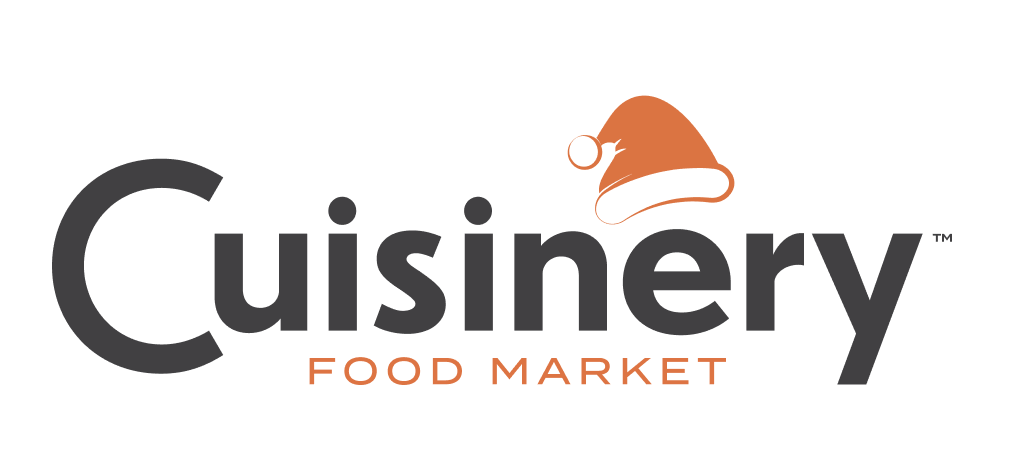
When to Fondue and When to Raclette
Fondue and raclette are both iconic dishes of Swiss cuisine, not to mention beloved delicacies for any cheese lover. While fondue may be more well-known in America, raclette is recently having a moment too, thanks to the Après Ski trend. This begs the question: what’s the difference between the two?
Fondue: A Traditional Treat
Beyond its unparalleled snacking qualities, fondue is often the occasion for communal gatherings in Swiss culture. There’s nothing quite like a bubbling pot of cheese to foster a warm atmosphere, making fondue ideal for intimate parties and celebrations. A traditional combo of Gruyère and Emmental cheeses, blended with white wine and garlic, makes for a creamy and slightly sweet concoction. Fondue is predominantly enjoyed with bread, potatoes, meat, or mild fruits like apples, creating a harmonious dance of textures and flavors.
Raclette: A Step Above
Not for the faint of heart or palate, raclette requires a touch of skill. The name itself derives from the French word for “scrape,” describing the preparation process of heating and then scraping cheese onto the plate in an expert fashion. As such, one needs a more delicate sleight of hand when serving this tasty appetizer. Raclette also tends to feature bolder flavors like Swiss cheese, pairing well with sour and tangy sides like pearled onions and cornichons. To enhance digestion, many raclette aficionados turn to a cup of black tea, making it a thoughtful choice for those who appreciate the subtleties of the dining experience.
While fondue leans towards a more traditional and communal setting, raclette invites exploration and demands a bit more culinary finesse. Whether you’re gathered with friends for a cozy fondue night or testing your skills with a raclette feast, both dishes promise an unforgettable journey into the heart of Swiss gastronomy.

